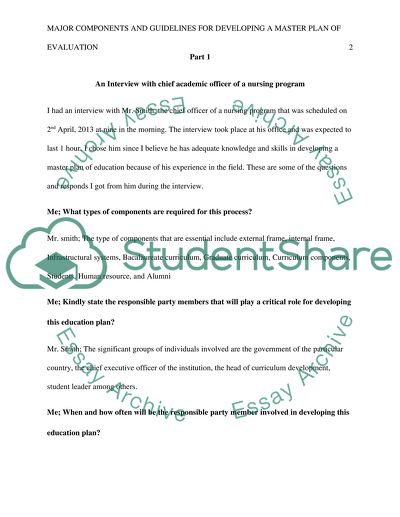Cite this document
(“Major Components and Guidelines for Developing a Master Plan of Essay - 1”, n.d.)
Retrieved from https://studentshare.org/nursing/1619619-major-components-and-guidelines-for-developing-a-master-plan-of-evaluation
Retrieved from https://studentshare.org/nursing/1619619-major-components-and-guidelines-for-developing-a-master-plan-of-evaluation
(Major Components and Guidelines for Developing a Master Plan of Essay - 1)
https://studentshare.org/nursing/1619619-major-components-and-guidelines-for-developing-a-master-plan-of-evaluation.
https://studentshare.org/nursing/1619619-major-components-and-guidelines-for-developing-a-master-plan-of-evaluation.
“Major Components and Guidelines for Developing a Master Plan of Essay - 1”, n.d. https://studentshare.org/nursing/1619619-major-components-and-guidelines-for-developing-a-master-plan-of-evaluation.


